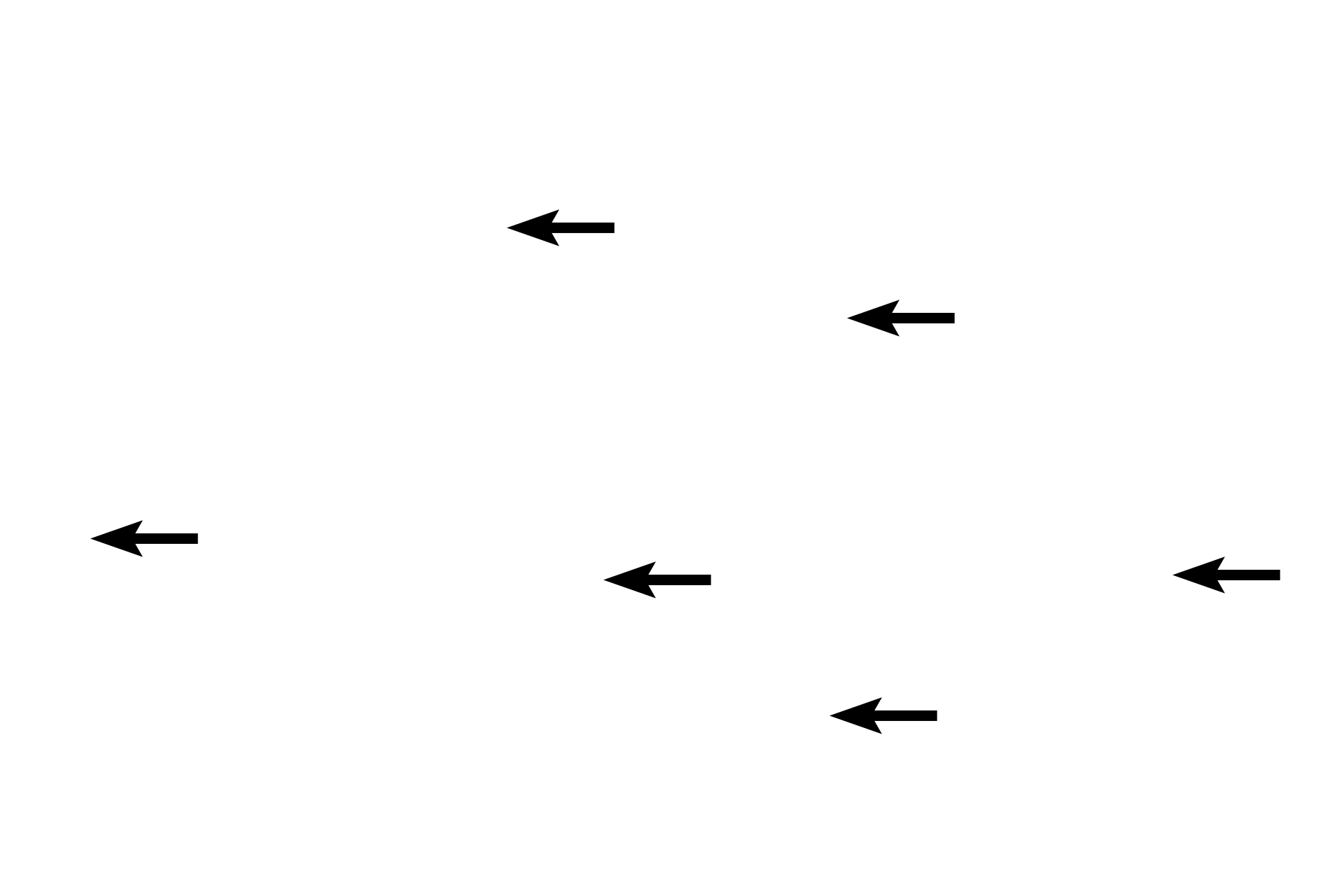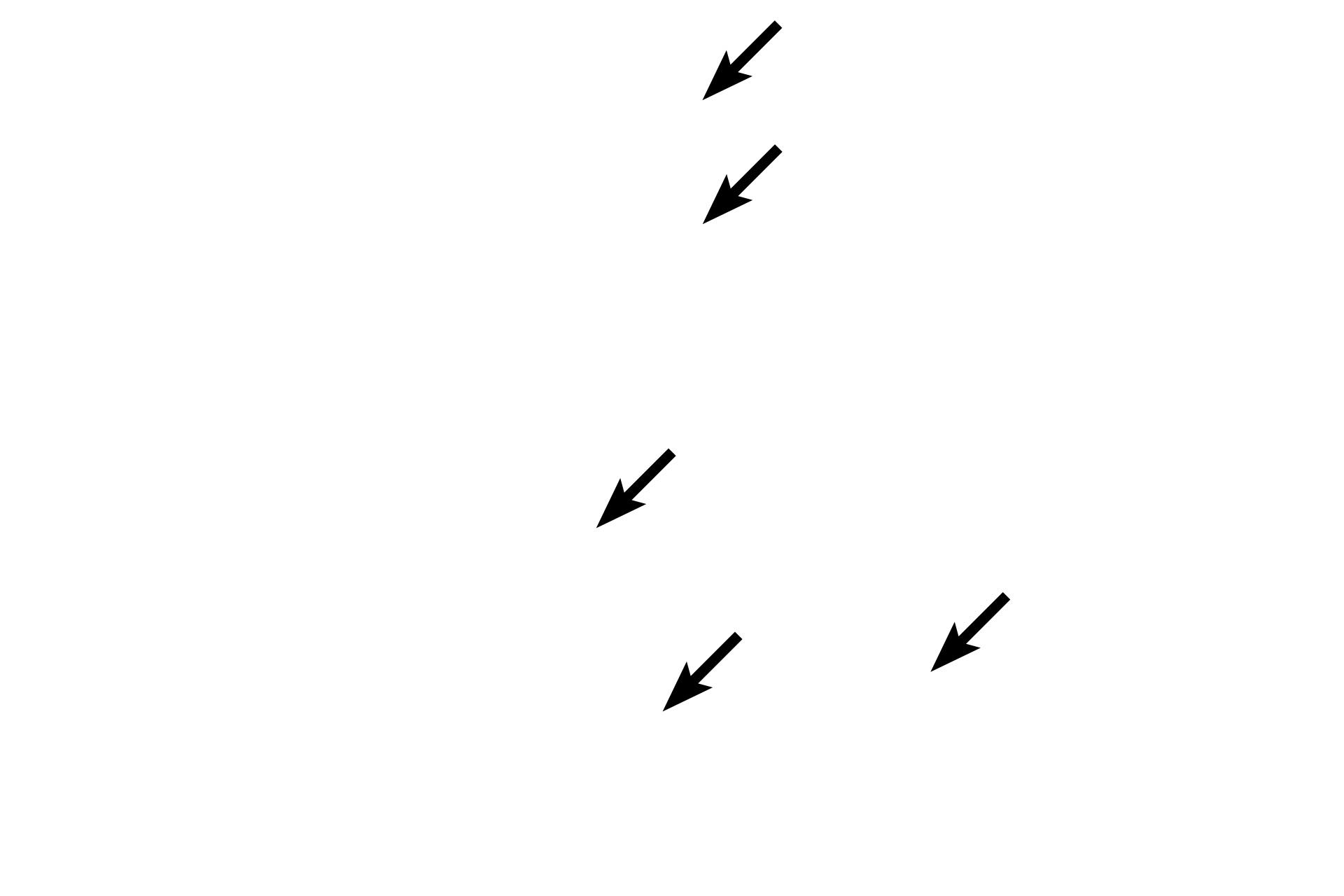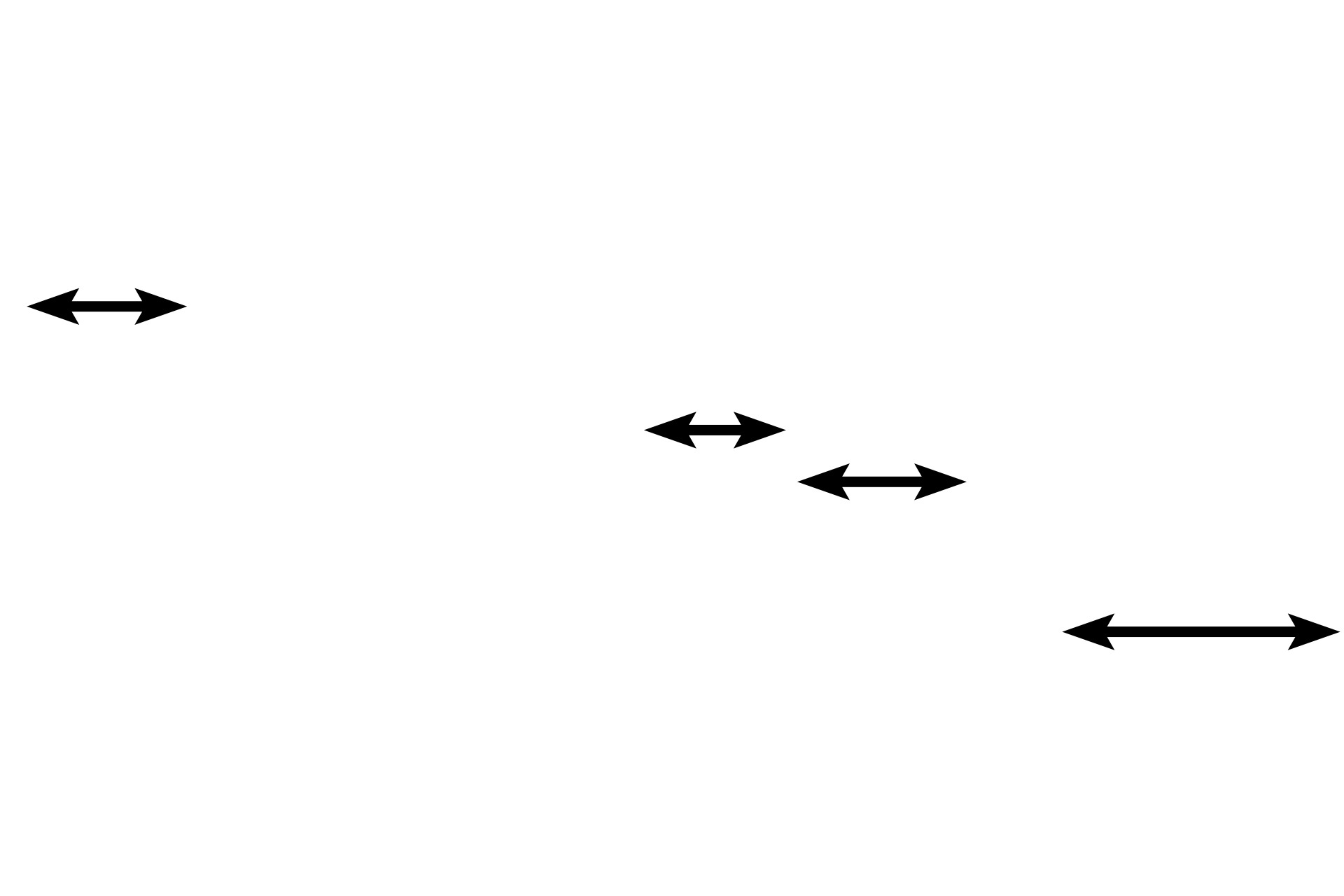
Bone matrix: remodeling
This cross section through a developing bone shows both lamellar and woven bone. The central portion is composed of circular osteons mixed with areas of woven bone. The bone is increasing in diameter by the addition of flattened lamellae on either side of this central region. The marrow cavity, visible to the far left, is lined by endosteum and contains red marrow. Lamellae are difficult to distinguish in this decalcified bone tissue. 200x

Osteocytes >
Osteocytes are visible throughout this tissue and their pattern of distribution is a good indicator of the type of bone in which they are located.

Woven bone >
Areas of woven bone are still present in the center of this image, displaying a more amorphous structure. The osteocytes are rounder compared to lamellar bone.

Lamellar bone >
Concentrically arranged lamellae form osteons in the central region of the bone. Bone surfaces are covered or lined by flattened lamellae that are arranged circumferentially. In lamellar bone, osteocytes are more flattened, located between lamellae.

- Osteons
Concentrically arranged lamellae form osteons in the central region of the bone. Bone surfaces are covered or lined by flattened lamellae that are arranged circumferentially. In lamellar bone, osteocytes are more flattened, located between lamellae.

- Haversian canals
Concentrically arranged lamellae form osteons in the central region of the bone. Bone surfaces are covered or lined by flattened lamellae that are arranged circumferentially. In lamellar bone, osteocytes are more flattened, located between lamellae.

- Circumferential lamellae >
The interior and exterior surfaces are covered by lamellae of bone deposited in flat sheets, rather than being arranged in cylindrical Haversian systems. The exterior is covered by outer circumferential lamellae (black arrow); the interior is lined by inner circumferential lamellae (green arrow). These lamellae are laid down by the periosteum and the endosteum, respectively.